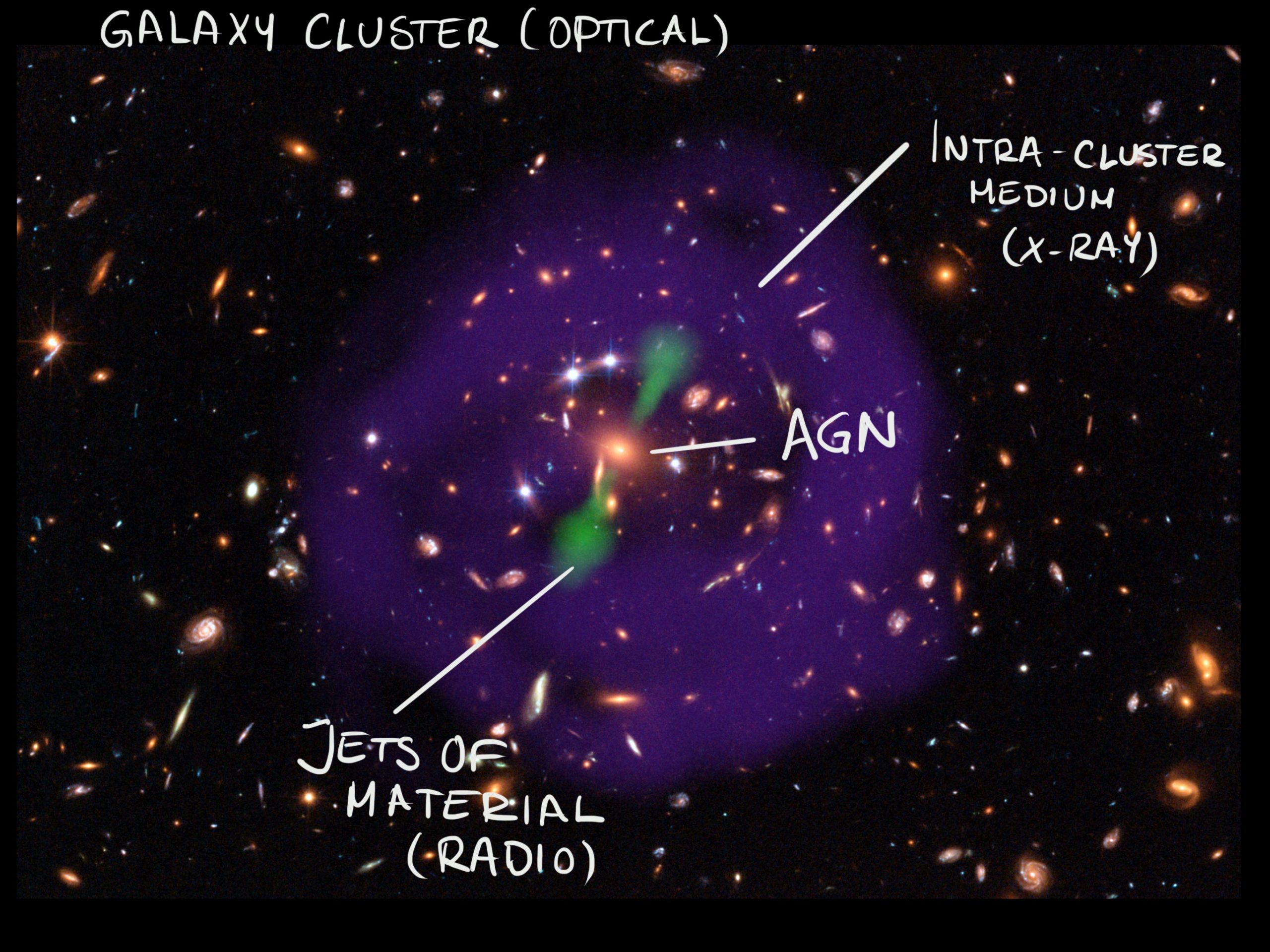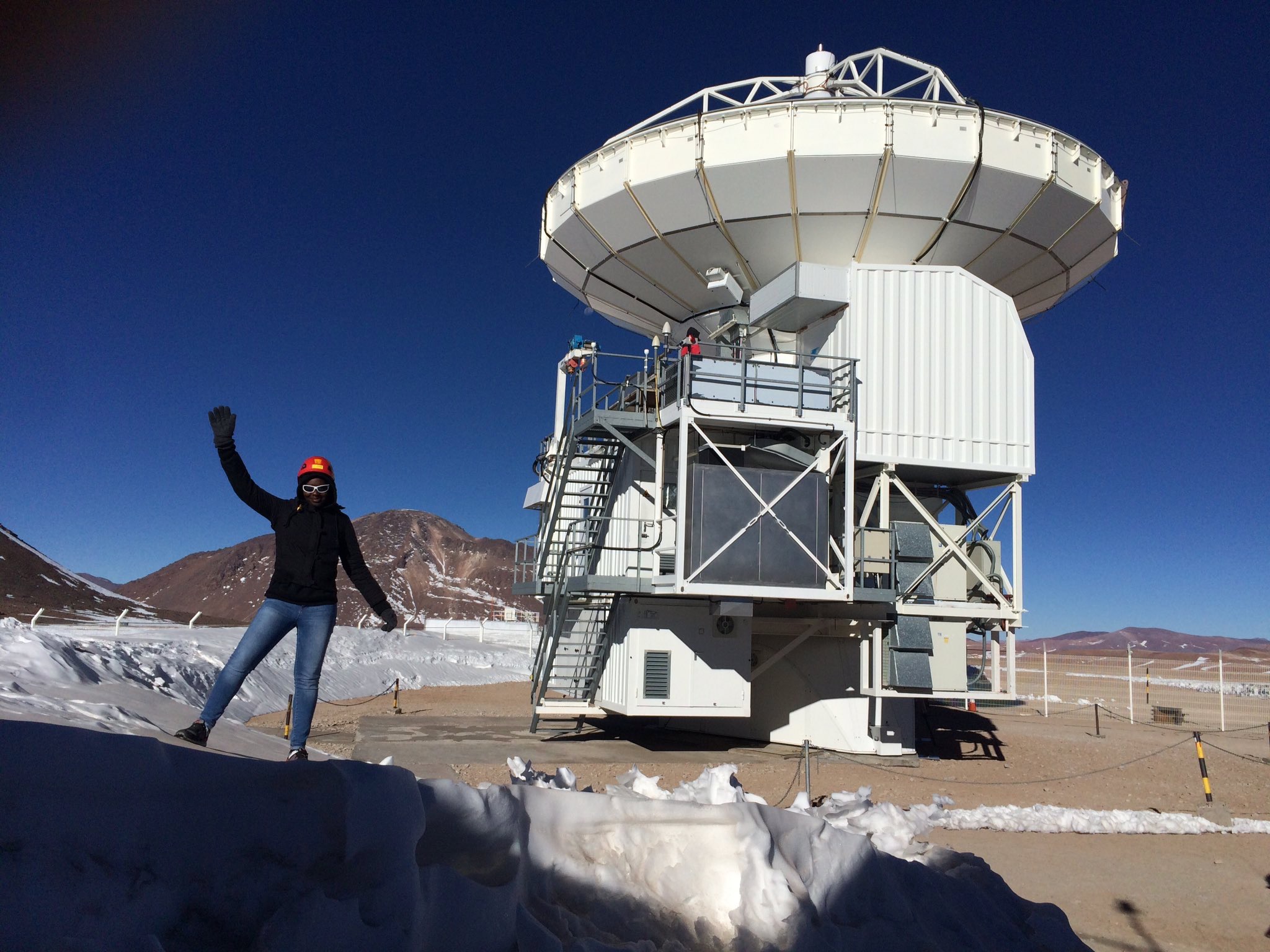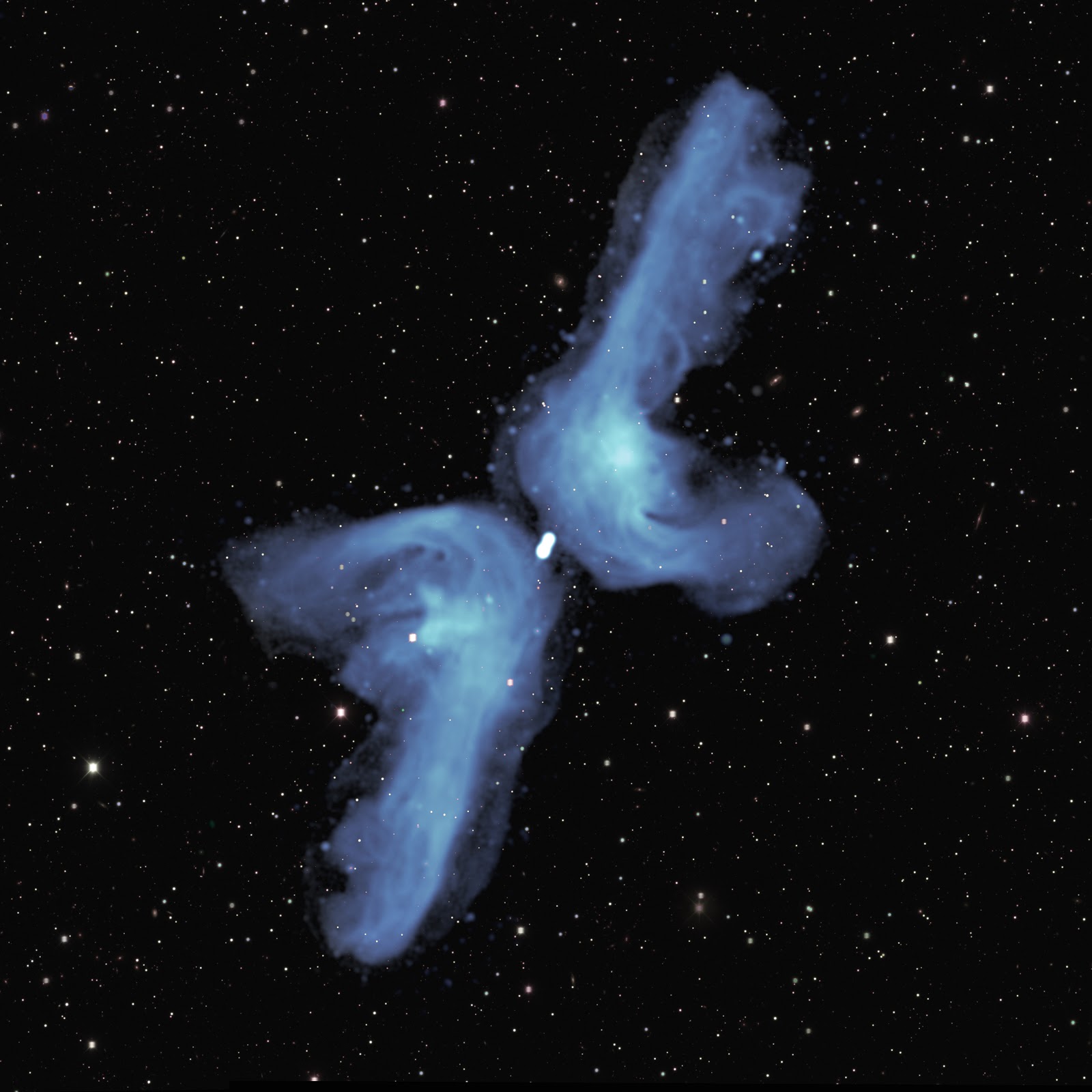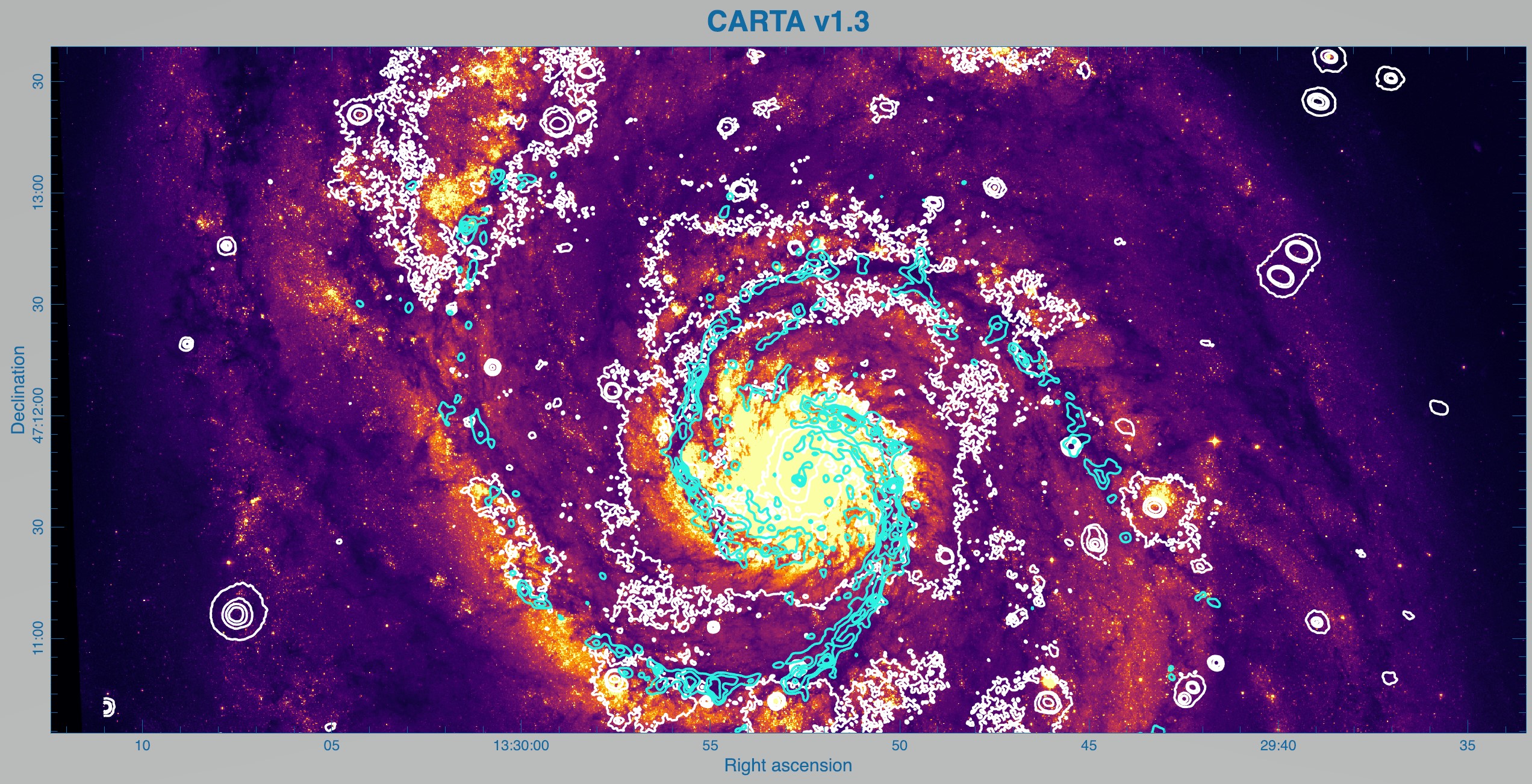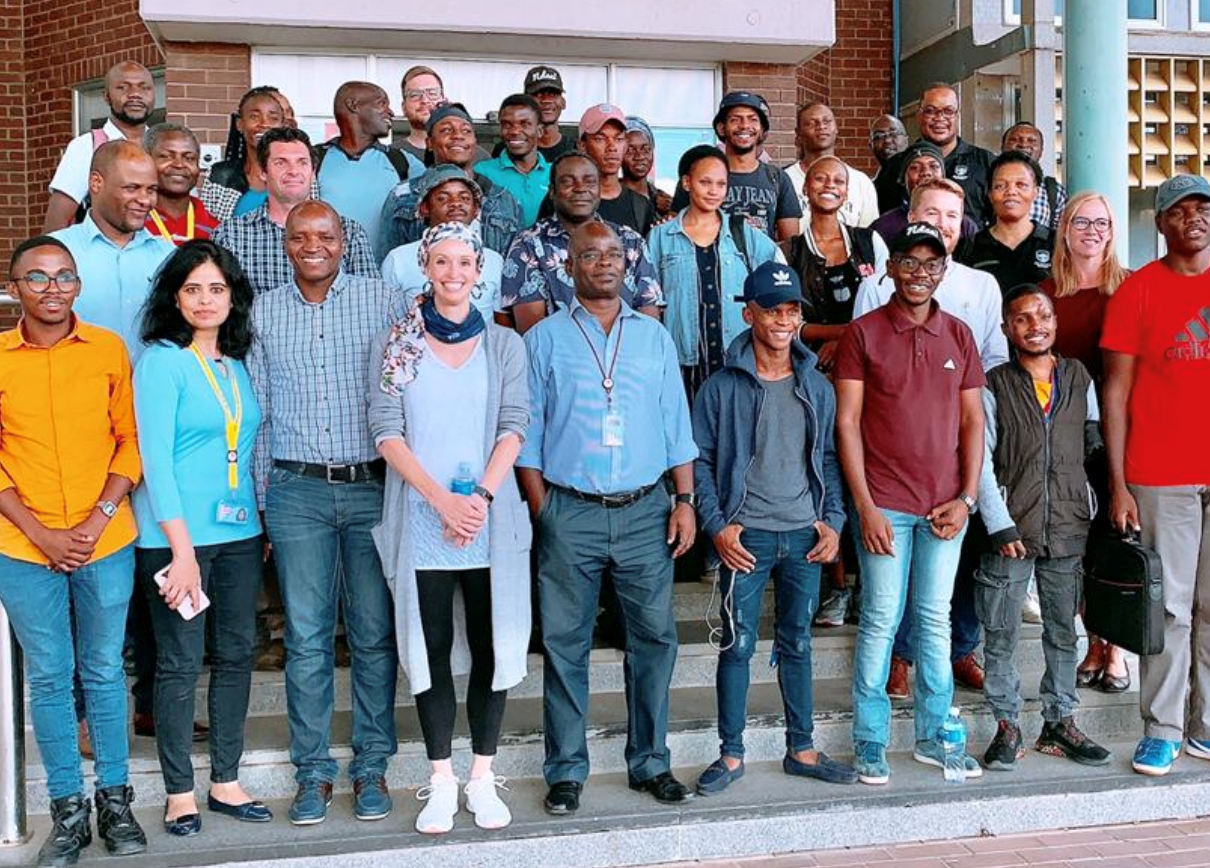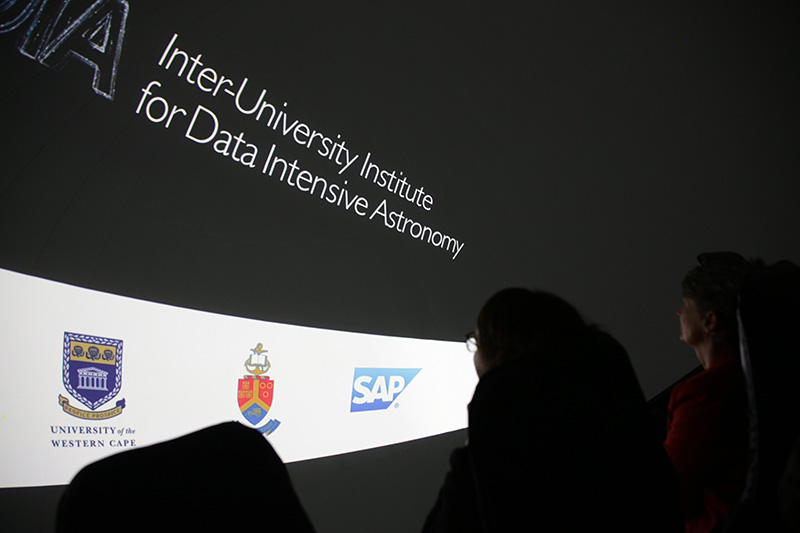First MIGHTEE paper finds that clusters and groups of galaxies show the same correlation between X-ray and radio emissions.
A group of international researchers from South Africa, Germany, the United States of America, Finland, the United Kingdom, Italy and Australia have studied the relation between the X-ray emission of intra-group medium, the gas found between galaxies in a group, and the 1.4 GHz radio emission of the central radio galaxy of a group. This study forms part of the … Read More

